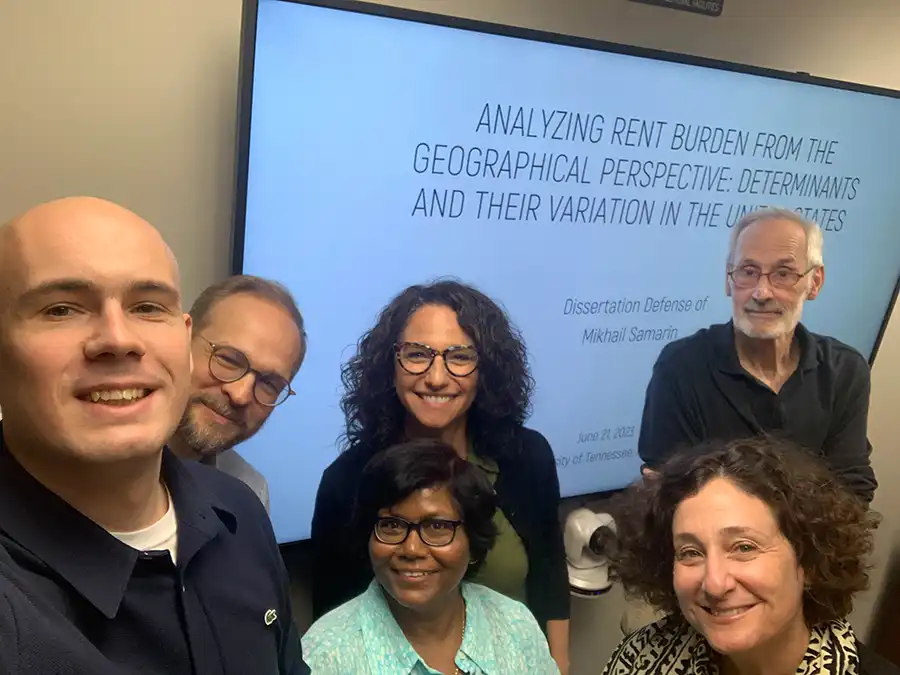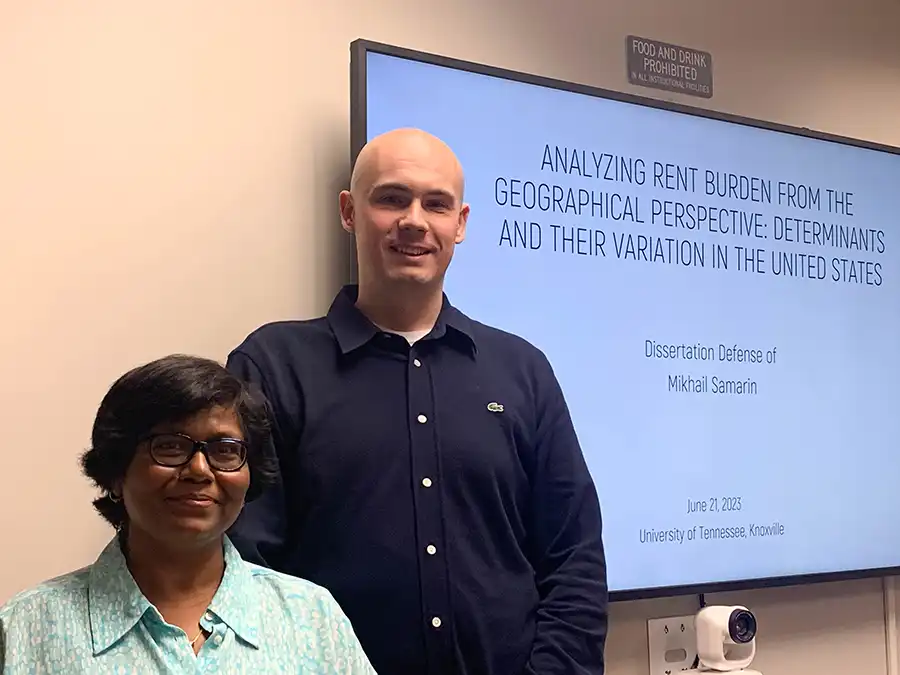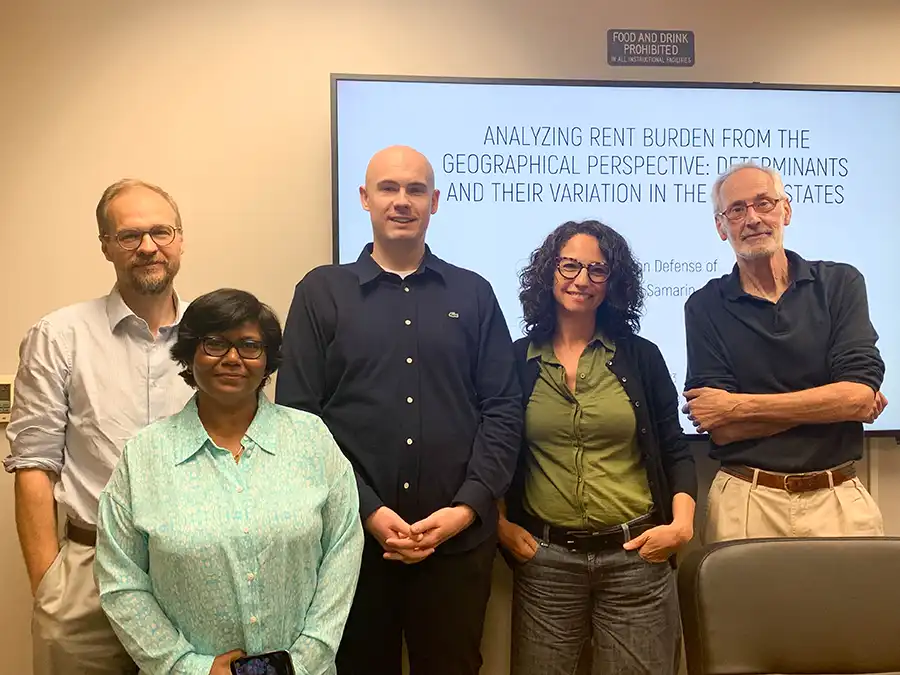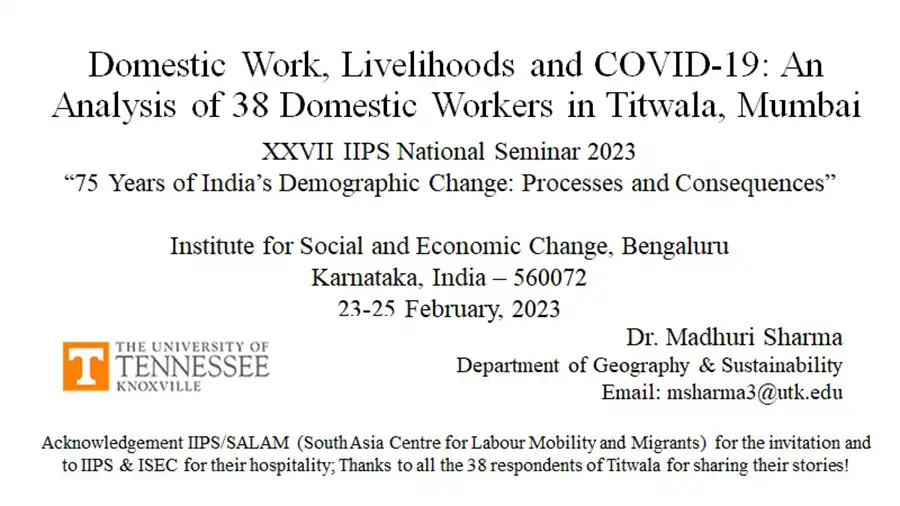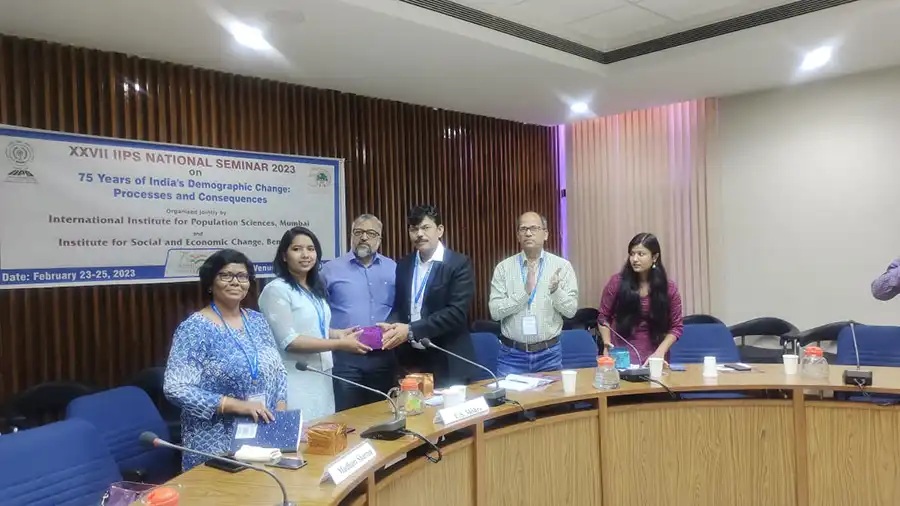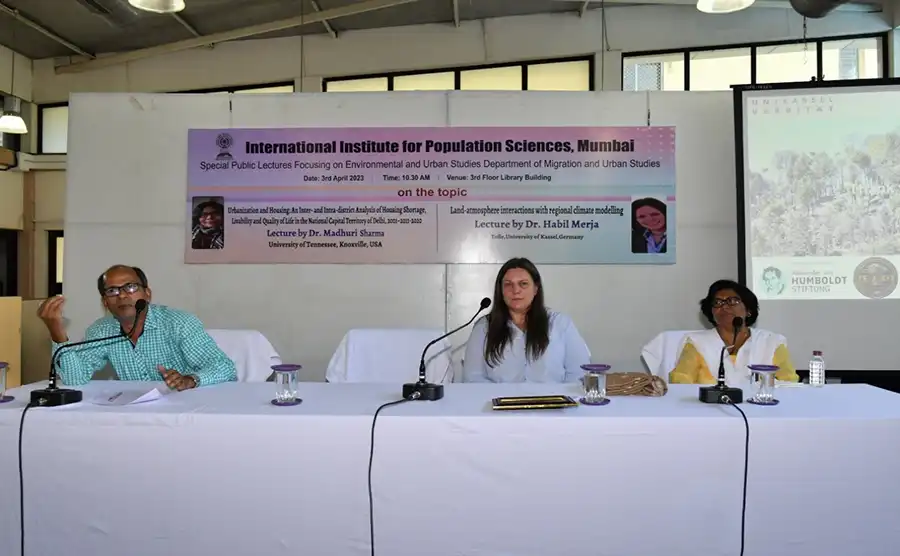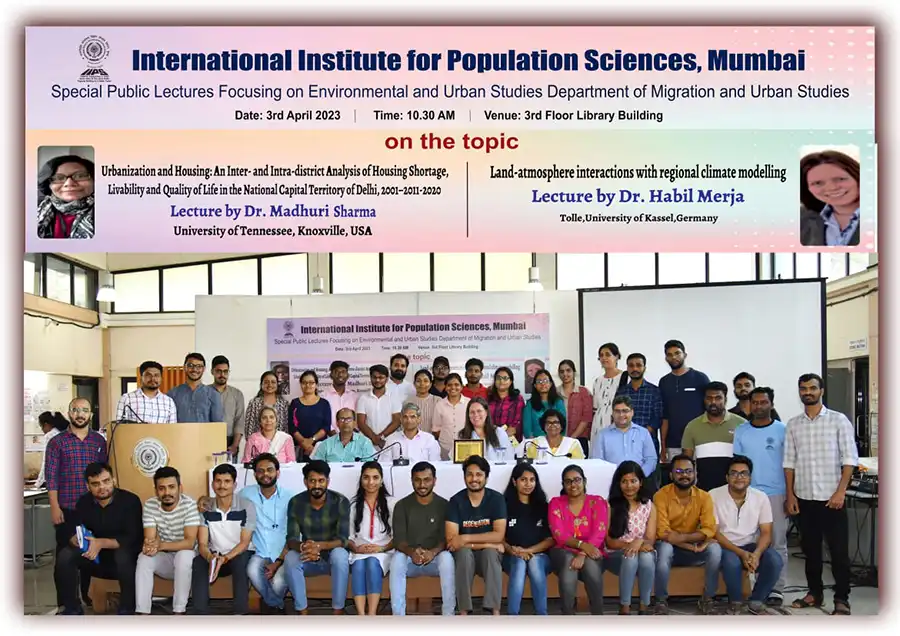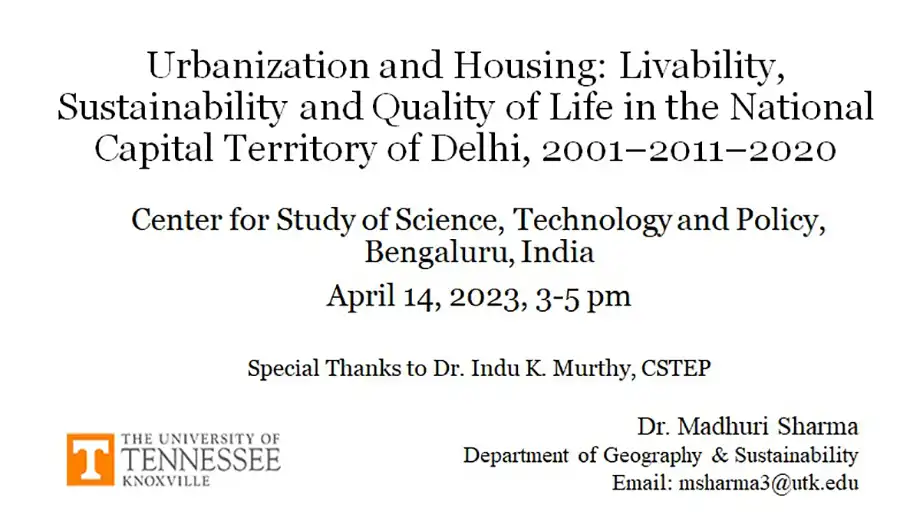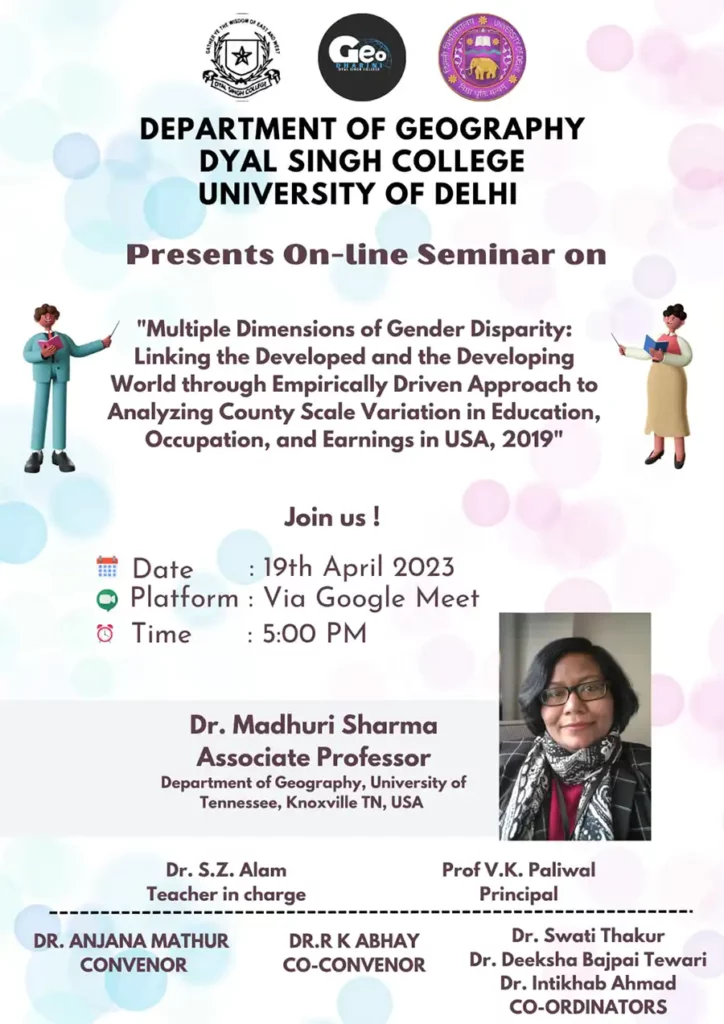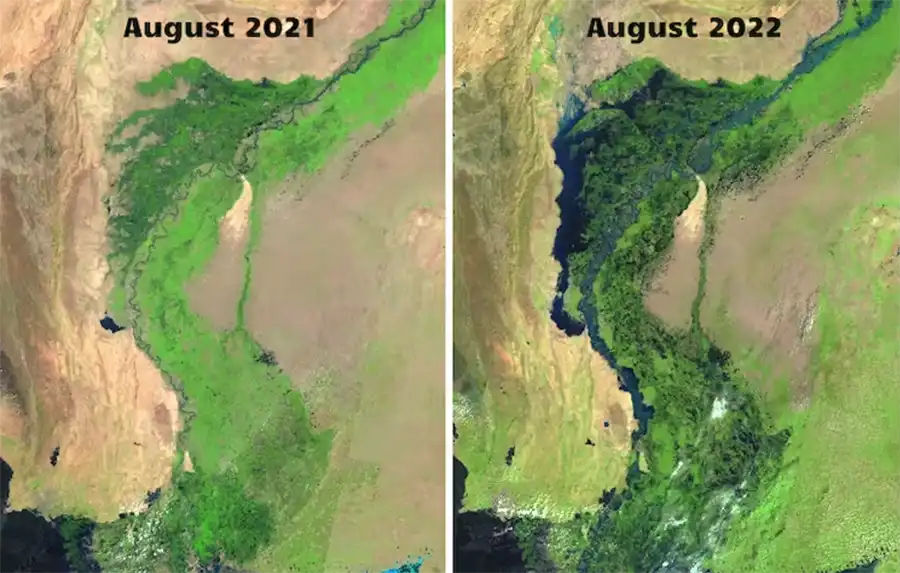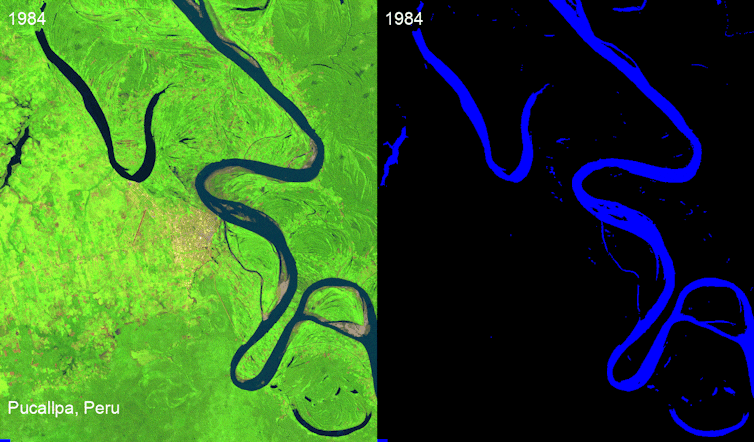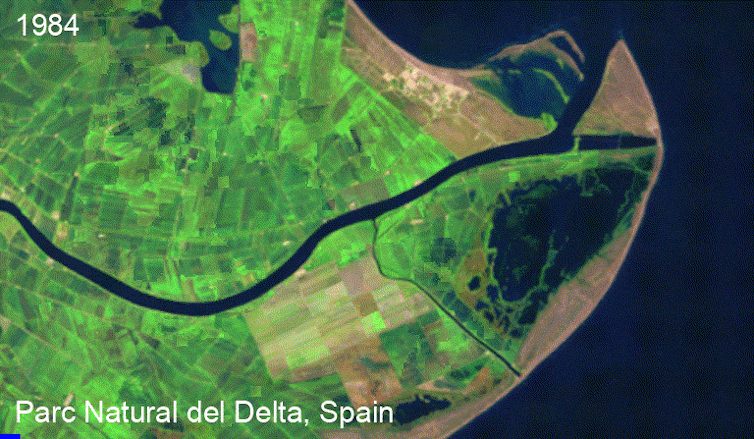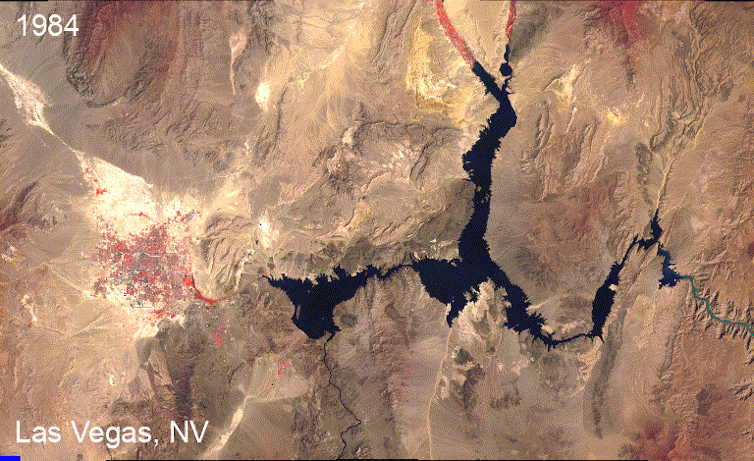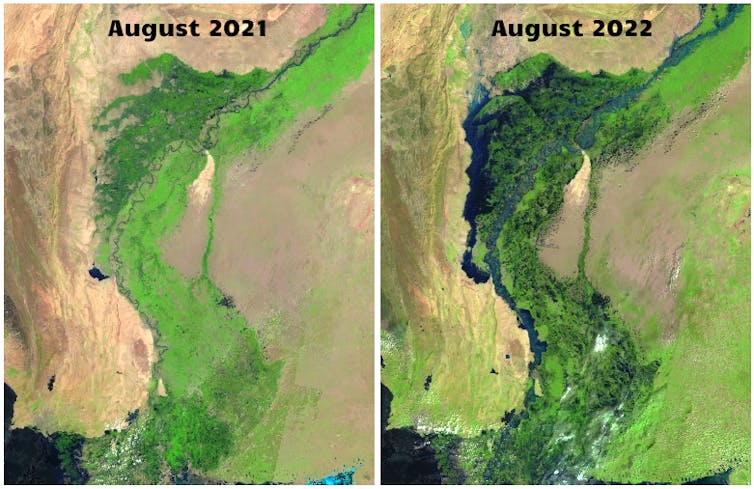King’s Research Community Takes Root to Grow North American Climate History
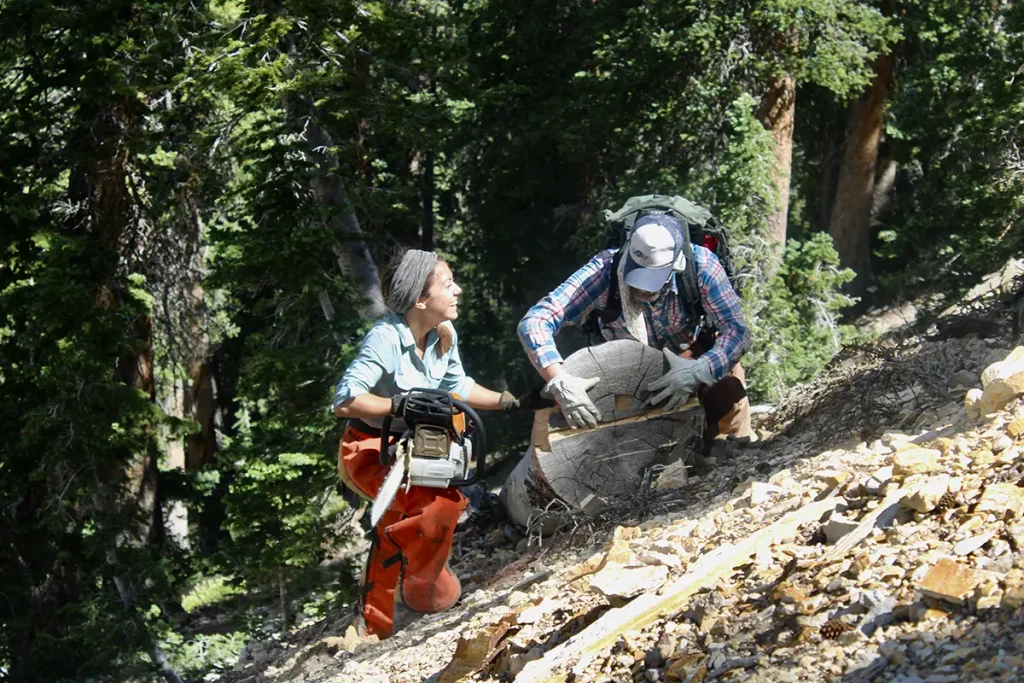
Researchers across many scientific fields found themselves adapting investigative methods in the spring of 2020 to accommodate social-distancing and remote-work guidelines in the face of the COVID pandemic.
Karen King discovered that much of her actual fieldwork already met guidelines.
“As a dendrochronologist, ‘working remotely’—which I interpret as searching for old trees in some of the most remote forests of western North America—was something I’d already had a lot of experience doing,” she said.
King joined UT in August 2023 as an assistant professor in the Department of Geography and Sustainability. She brought with her expertise in dendrochronology, plus experience in paleoclimate studies, biogeography, forest ecology, and fire-climate interactions. She applies these skills as lead author on research published in the January 2024 Science Advances. Her team used tree-ring chronologies to develop data that reconstructs a 500-year history of summer temperatures in the paper “Increasing Prevalence of Hot Drought Across Western North America Since the 16th Century.”
They combined their new dataset with preexisting drought and precipitation data to connect a historical record with current geographical climate conditions. COVID-related travel restrictions did lead them to find creative ways to fill in international gaps in data.
“I was able to get numerous preexisting collections from collaborators mailed to me,” said King. “This was particularly important for the southern Canadian portion of the network that would have otherwise been inaccessible. This project really is a testament to the power of building a strong and collaborative scientific community.”
Their results represent not just the needed data, but also contributions and expertise of fellow scientists, land managers, land stewards, technicians, and students.
“As my co-author and postdoc mentor Ed Cook once told me, ‘Atlases truly are community efforts,’ said King. “My co-authors and I are extremely proud to have built a dataset with our community that is also for our community.”
Their effort combines observational and modeling records with their new paleorecord, building evidence that hot drought—combined extreme heat and drought conditions—has been more frequent over the last century than ever before.
“Compared to the last circa 500 years, the data show an increasing trend in the frequency and spatial footprint of hot drought,” said King.
The data history reflects the imprint of the 1930’s era Dust Bowl and the modern megadrought, from around 2000 to the present, both characterized by some of the warmest temperatures over the 500-year time frame.
“I hope to clarify that recent trends in the occurrence of drought, simply defined by a lack of precipitation, are not unprecedented. Western North America is a very drought-prone region,” said King. “Instead, the nuance here with the recent decades is that these recent droughts are hotter on average than any previous droughts recorded since the mid-15th century.”
King’s ongoing research builds on their findings in the west as they establish a comprehensive North American Temperature Atlas—including studies in some favorite Tennessee natural areas.
“We are using slightly altered sampling approaches in the eastern US,” she said. “For example, we are targeting different species of trees. Here in the eastern US, we are primarily looking at data from Eastern Hemlock and Red Spruce. Some of our sample sites include Mount LeConte and Clingman’s Dome in the Smokies.”
Her team continues to find creative ways to maximize the depth and detail of their sample data.
“In addition to collecting living and remnant samples, we are also looking into using archeological samples—e.g., wood samples from historical structures—to help extend the tree ring data even further back in time,” she said.
King and crew’s adaptability exemplifies the Volunteer Spirit as they build research foundations for both environment and community.



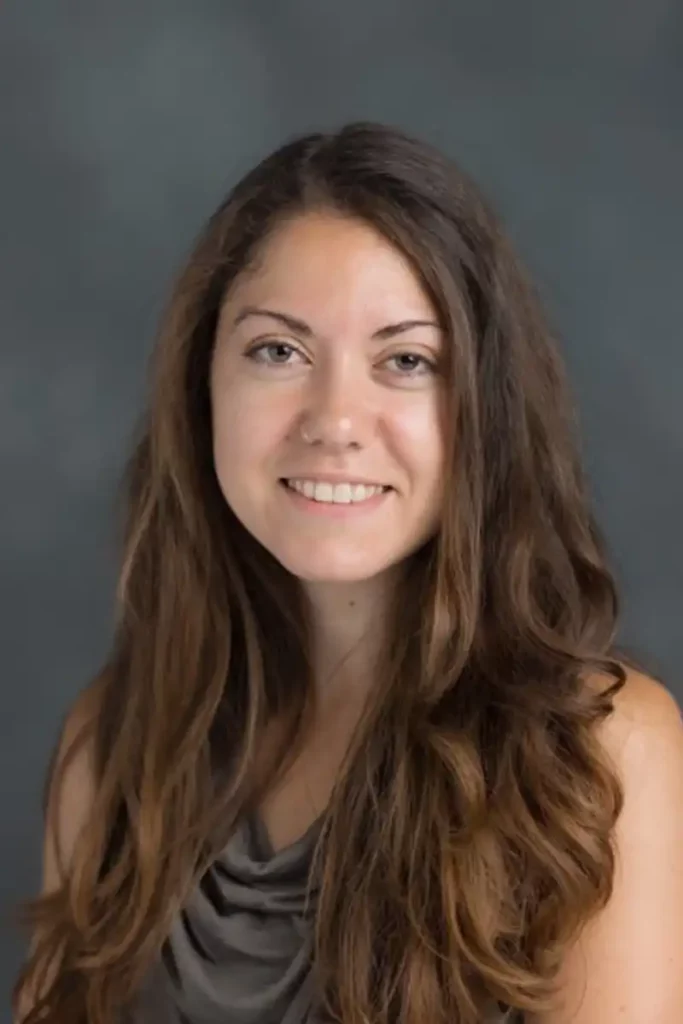


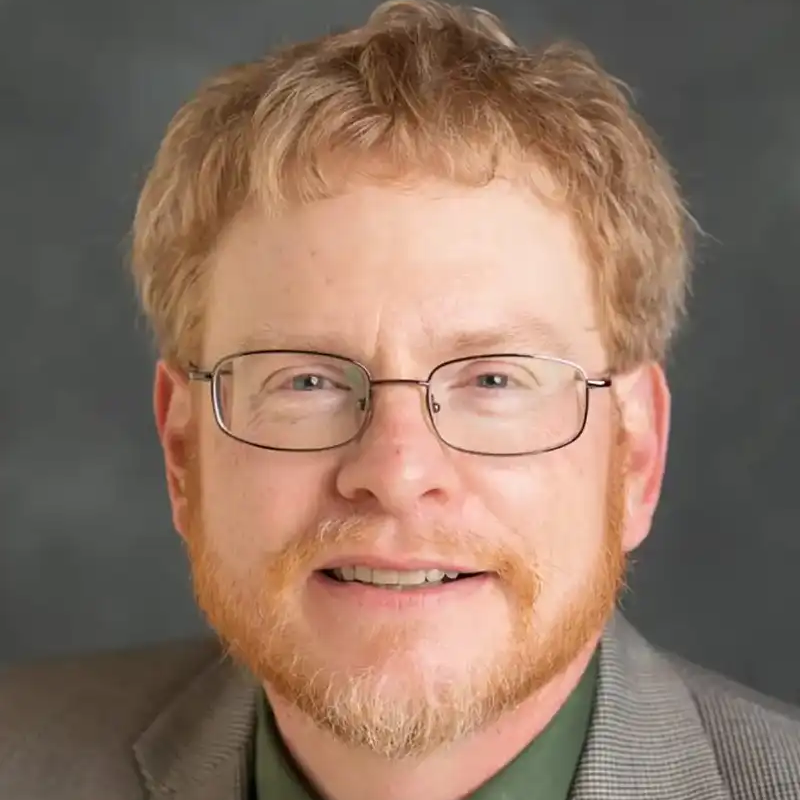
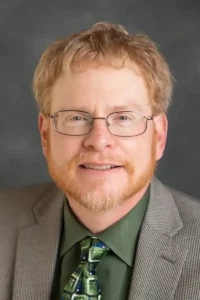

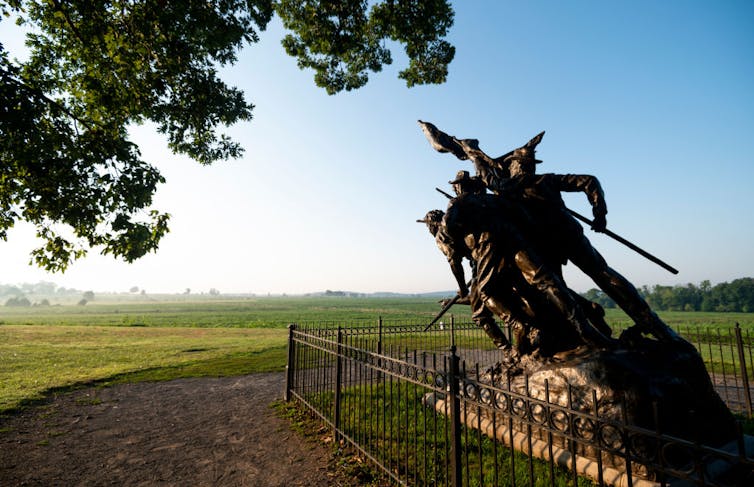
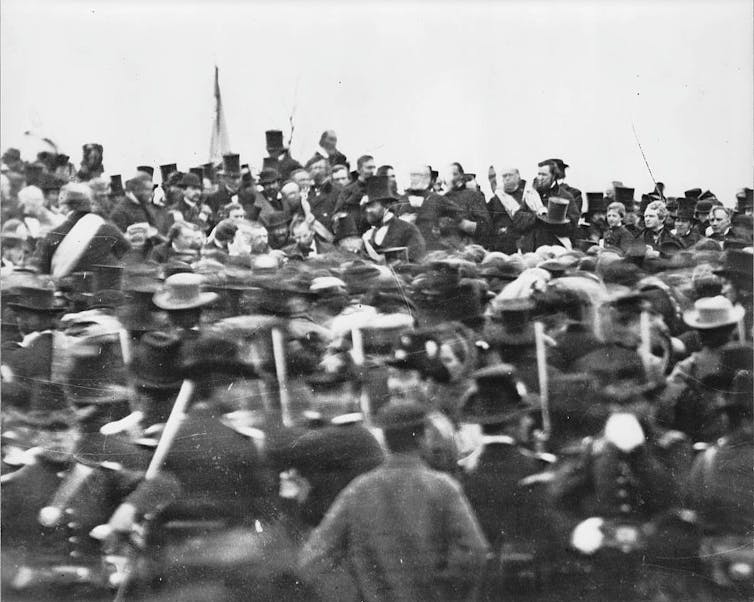
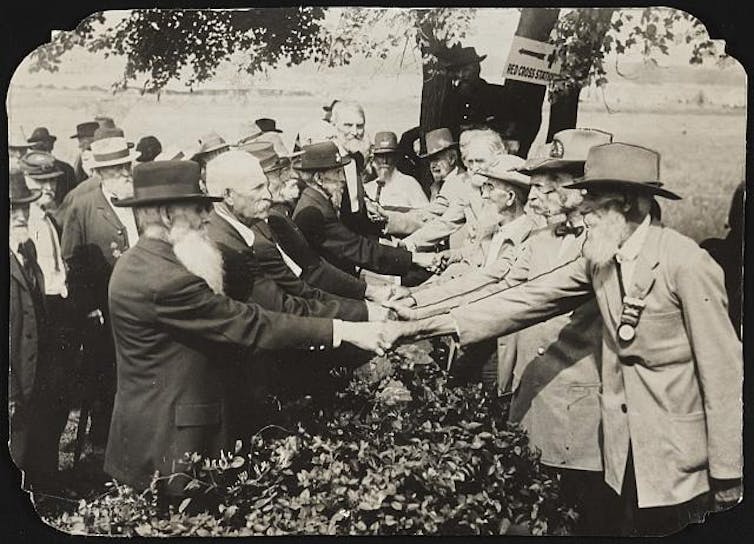
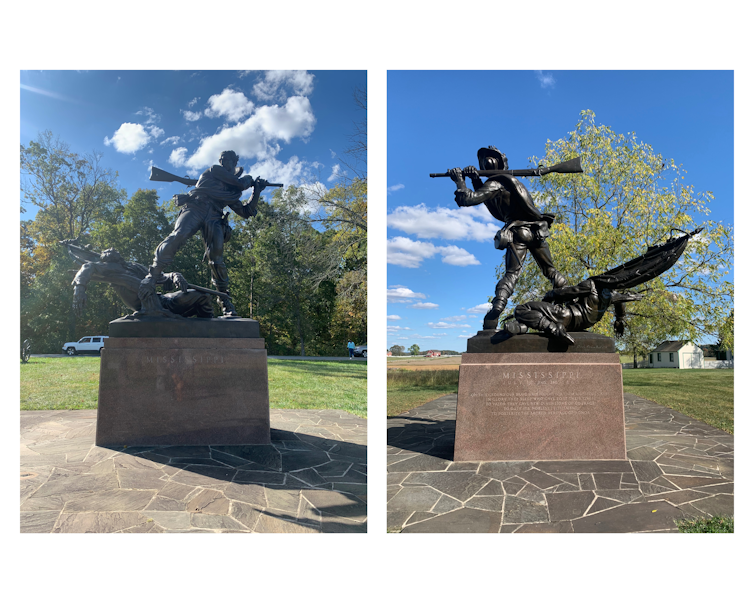

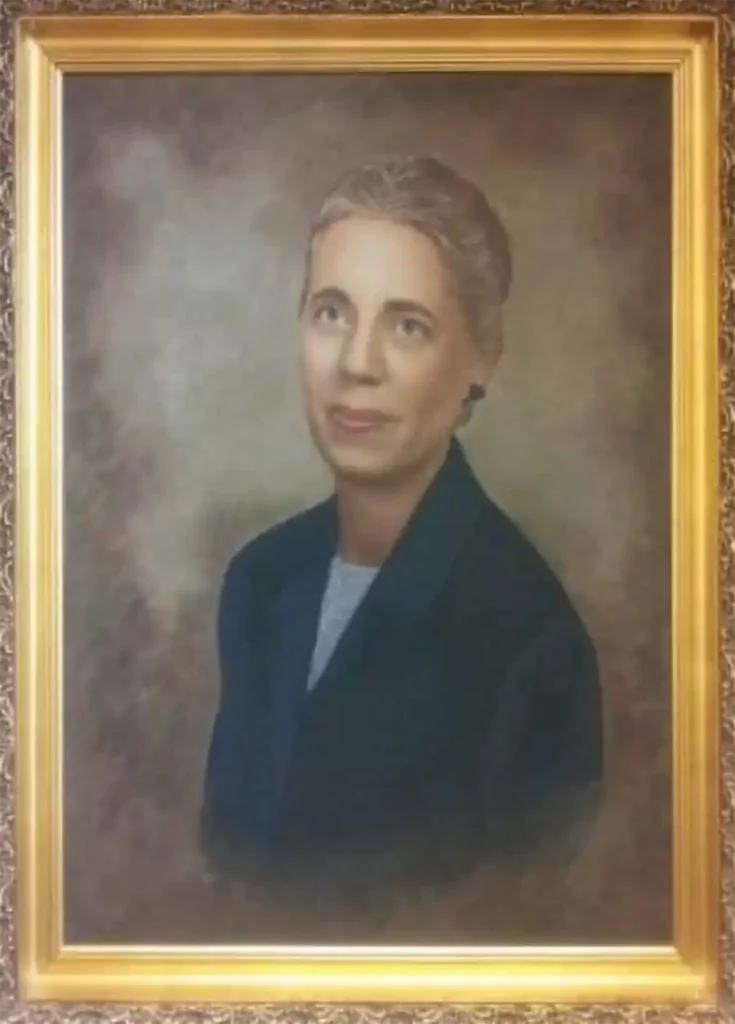

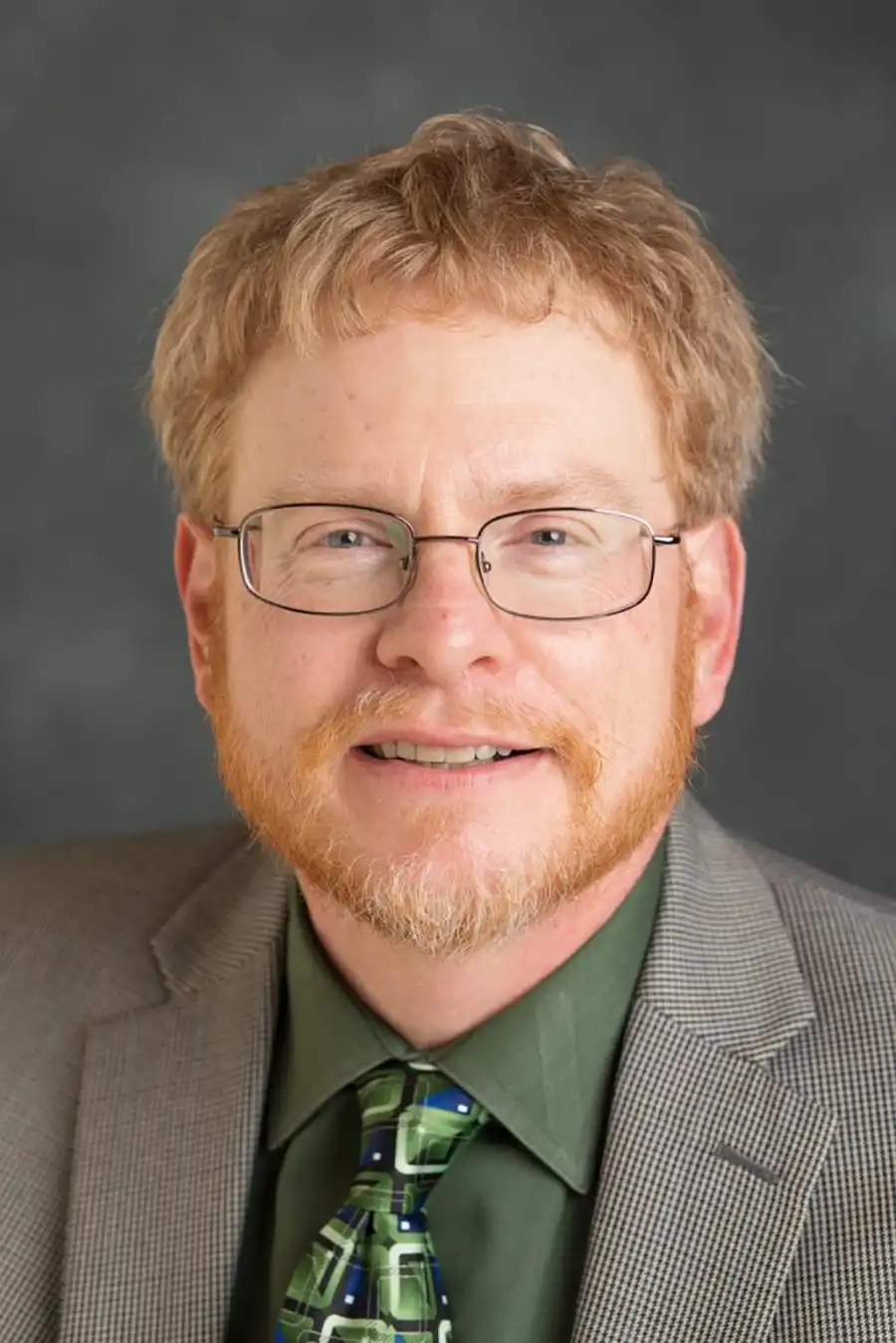 Our esteemed colleague, Dr.
Our esteemed colleague, Dr. 